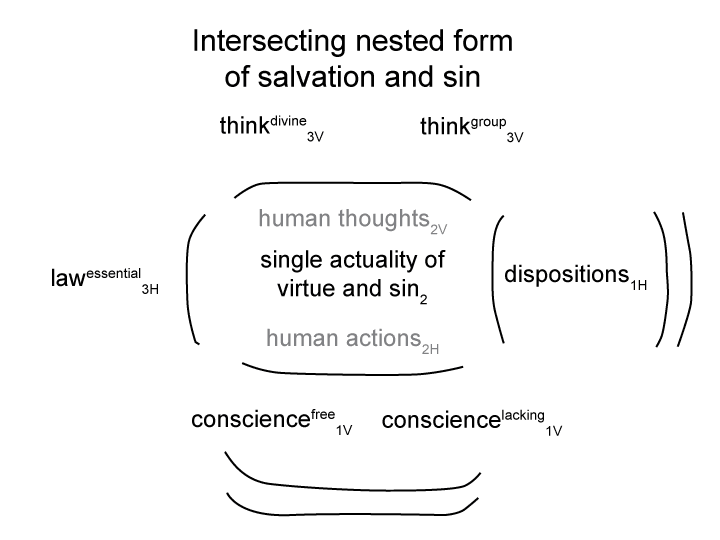Man and Sin by Piet Schoonenberg (1964) 1.7G
Summary of text [comment] page 47
[Natural evil is scandalous.
The “the scandal of natural evil” inspired individuals to turn away from Christianity.
Where did they go?
People were called to other religions, ones that had the audacity to call God “evil” and to propose cures to the “evils of His creation”.
These modern religions called themselves “not religious”.
Each variation of the postreligionist Enlightenment Godhead proposed cures for the evils of His creation.
Each produced evils that dwarfed the evils they were designed to cure.
Despite the disasters of the past two centuries, these thinkgroups continue flourish, longing for the infusion of sovereign power, longing to become a Public Cult, longing to materialize thinkpro-objects.
Is this what the Peace of Westphalia wrought?]

